

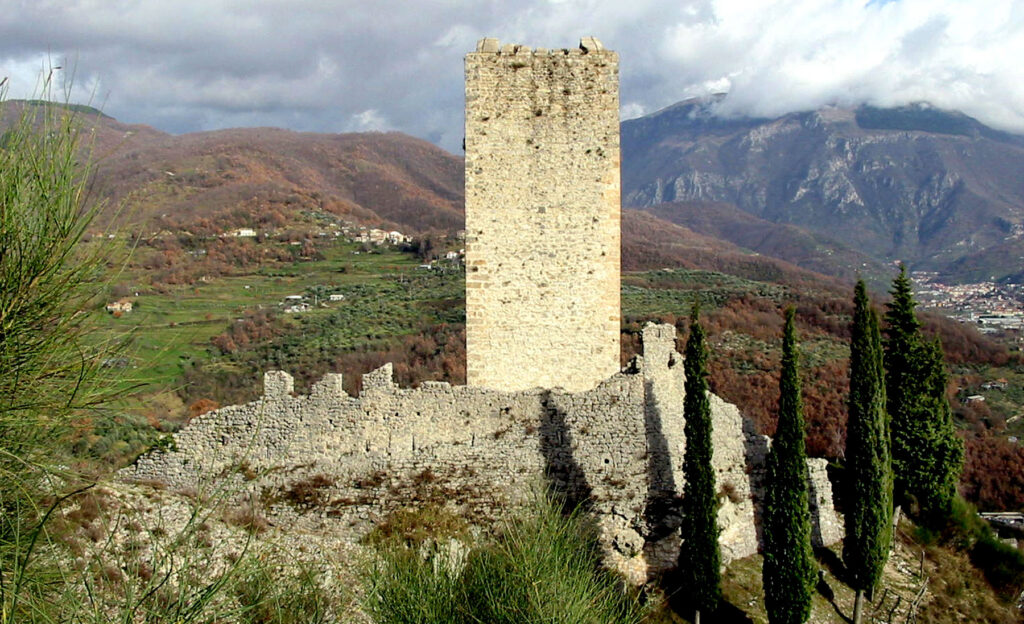
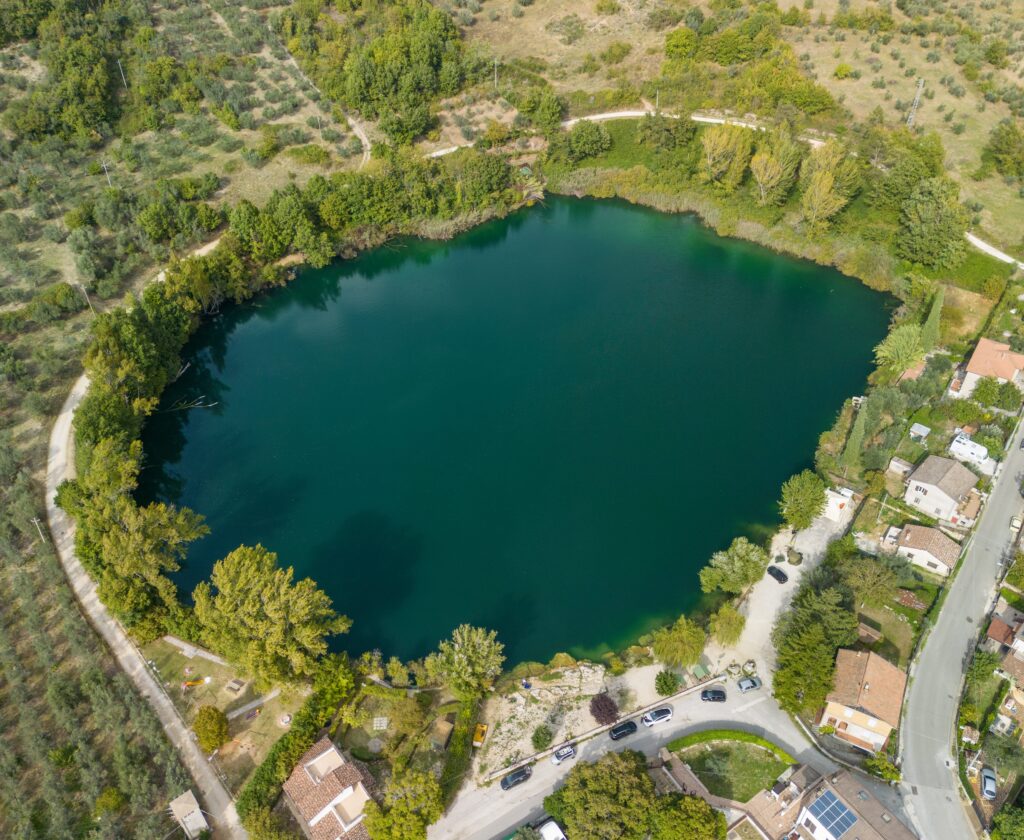
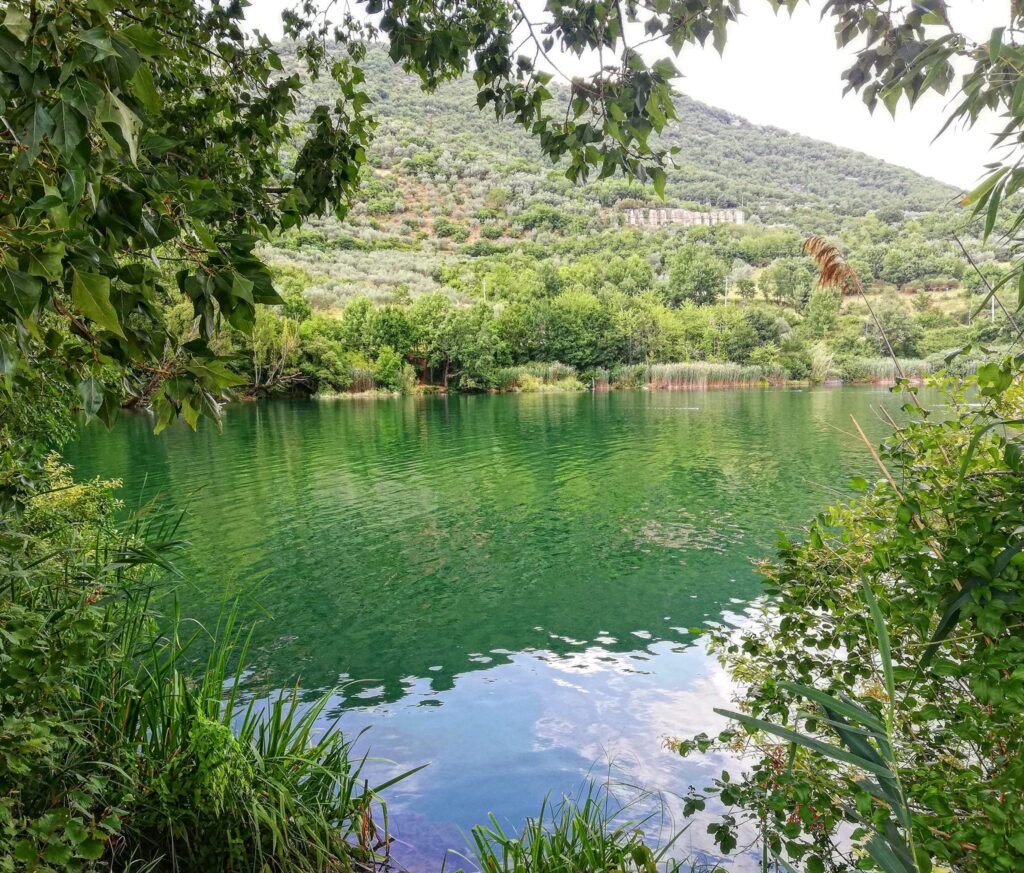
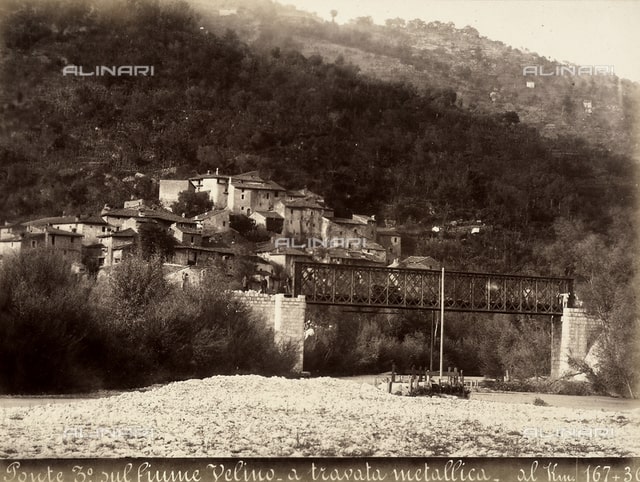
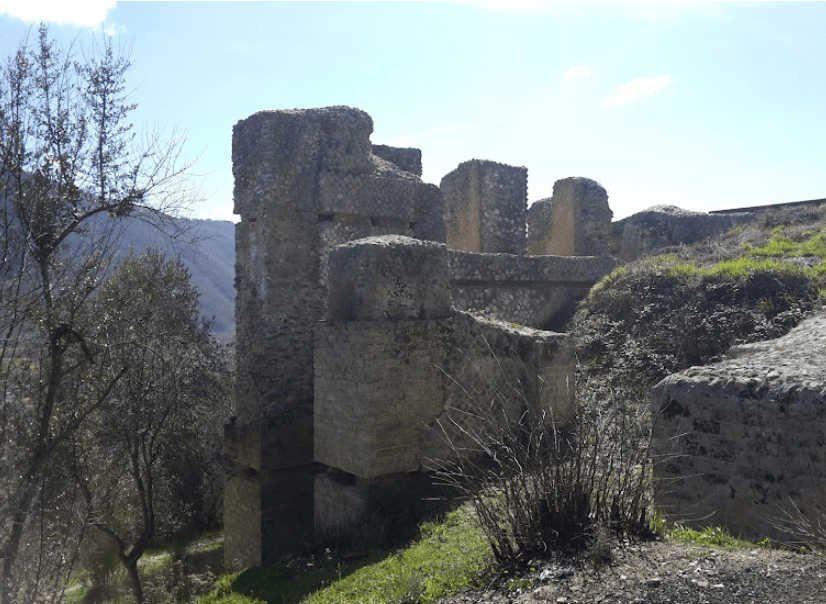
Castel S. Angelo
The station of Castel Sant’Angelo is located within the hamlet of Vasche, near the Strada Statale 4 (namely “State Highway 4”) Via Salaria.
Castel Sant'Angelo is a scattered municipality, named after the stronghold perched on the ridge of Mount Terminillo, from which it dominates the San Vittorino plain, furrowed by the river Velino and enclosed to the south by the offshoots of Mount Nuria.
Several other small villages, such as Paterno and Mozza, surround the castle. At the bottom of the valley, where the river enters the plain from the eastern end, is the medieval village of Canetra. Built on the banks of a picturesque pond, it houses the town hall and is served by another railway station.
The San Vittorino plain has been recognised as a Site of Community Importance for its environmental value. The area is characterised by exceptional karst processes that have led to the formation of several waterbodies, technically called sinkholes. The largest of these is Lake Paterno, a few steps from Castel Sant'Angelo station and traditionally identified as the ancient Lacus CutiliaeConsidered by the ancients as theumbilicus Italiaeit was a place sacred to the Sabines, who worshipped the goddess Vacuna there.
In the 1st century, the Flavian emperors, attracted by the extraordinary properties of the Aquae Cutiliae, chose this place as their summer residence. The remains of this important building, known as the “villa of Titus”, can still be seen today and are of exceptional archaeological importance. According to the Latin historian Gaius Suetonius Tranquillus, it was here that the Emperor Vespasian and his son Titus spent their last days, in 79 and 81 AD respectively.
A small museum designed to display the relevant finds is located near the recently excavated area.
The sulphurous waters of Cotilia, with their characteristic odour, are still used today, after two thousand years, for their curative properties. The local spa offers treatments such as baths, mud baths, inhalations and nebulization, while a must for many travellers are the public fountains where they can drink this kind of water directly from the Via Salaria.

Project by Riattivati Youth Cultural Association
With contributions from: FAI – Fondo per l’Ambiente Italiano ETS, INTESA SANPAOLO, Rotary Club Rieti
Thanks To the promotion comittee: Amici di Rieti, Associazione Culturale Giovanile Riattivati, Rotary Club Rieti e Associazione Collezionisti “Sabatino Fabi”
